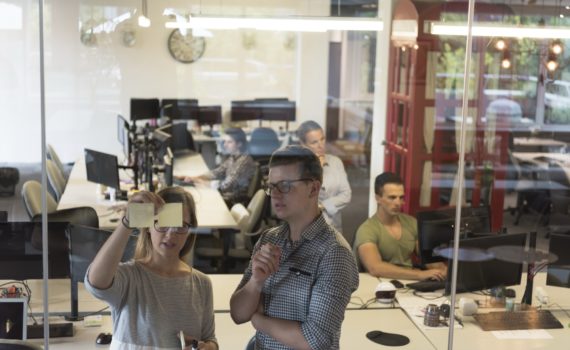
Should Commitment And The Handshake Return?
Trusting relationships are often cited as the path for mutual success. In a World of hustle and bustle, everything digital, and artificial intelligence should the handshake return?
Many people strive to become trusted by fitting in, finding agreement, and playing the right kind of politics. It is a surface trust, a trust that often ends in a letdown, and one that only matters if both parties have a need.
In highly political workplace currents people strive not to stand out, they hunker down, and don’t bring any unnecessary attention to themselves.
Doing the opposite may threaten the status quo, upset organized labor, and get you shunned from the group. The underground consensus is, get along with the crowd to get ahead.
Commitment is Risk
Trouble often develops because the mutual need doesn’t last. The handshake is missing. What is good in the moment may not be good for the rest of the day.
Colleagues let colleagues down, they drop balls, don’t pick up their toys, and they kick down castles in the sand.
Clients and vendors are for purpose only. Win at all costs, cut everything until you win, keep winning.
Trust is about a promise, so is a handshake. When we trust, promises are kept, commitments are honored, and people do what they say.
Often our clutter is because the handshake is missing. More email messages to confirm, more phone calls to ensure its real, more anxiety because no one knows for sure.
Handshake Return
Should the handshake return? Should everyone be more committed to doing what they say and saying what they’ll do?
Making a promise you’ll keep is risky. Something better may come along. A better deal, a new opportunity, a cause for your promise to be broken.
When winning at all costs is what matters the most, the handshake feels like it carries too much risk. The extra effort and commitment required make it easier to skip or be forgotten.
Bring back the handshake.
-DEG
Dennis E. Gilbert is a business consultant, speaker (CSPTM), and corporate trainer that specializes in helping businesses and individuals accelerate their leadership, their team, and their success. He is a five-time author and some of his work includes, #CustServ The Customer Service Culture, and Forgotten Respect, Navigating A Multigenerational Workforce. Reach him through his website at Dennis-Gilbert.com or by calling +1 646.546.5553.













